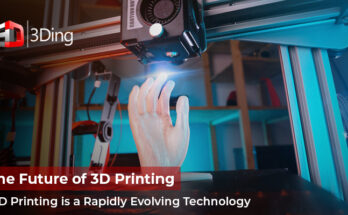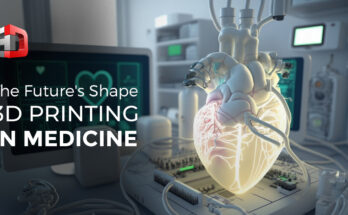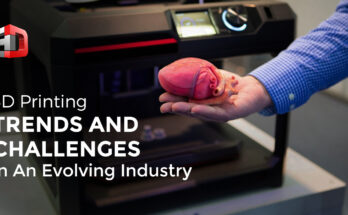What Filament Is Food Safe?
3D printing provides unparalleled design freedom for producing customized parts and organic or difficult shapes.
Food-safe 3D printing is possible and the materials which are approved for food safety are increasing. Now, in this blog, we are discussing food-safe filaments.
Food Safe FDM Materials (Food Safe 3D Printer Filaments)
What all filaments are good for Food Safe 3D printing is one of the most common questions that many folks have.
There are many filaments used for Food Safe 3D printing. It includes PP, PET, HIPS, co-polyester, nylon-6, PLA, and PET-G. Along with these, some brands of ASA, PEI, and ABS Filaments are also used.
Running parts through the dishwasher rules out PET, PLA, and nylon. It’s because these plastics distort and soften around 60-70°C.
If your application contains hot liquids, then high-temperature PLA or PEI is suitable.
Note: Some studies suspect that polystyrene might leak styrenes, and co-polyesters that may result in health concerns. As a result, those food grade FDM filaments may lose their safe status because of the thermal degradation and oxidation from the printing process.
PET-G – Food Safe 3D Printing Material
PETG is the modified version of PET with glycol. This is a highly printable material with the efficiency to handle the high temperature. Its printing temperature is around 200-250°C (392-482°F).
This printing material is flexible, strong, and is popular for its smooth surface that can wear off quickly. Moreover, PETG doesn’t produce any odor while printing.
PETG is also well-known for its weather resistance and transparency. Its weather resistance property makes it an appropriate material to design jars and garden equipment.
PETG is officially FDA-approved as a food-safe material. Thus, it will be the best option for you if you’re searching for food-safe 3D printer material.
PLA- Food Safe 3D Printing Material
PLA is one of the popular 3D printing materials. It is a default option for desktop 3D printers, which is FDM. PLA needs low temperature for printing and doesn’t require a heated bed.
It is derived from processing sugarcane and corn, which makes it bio-degradable and eco-friendly. The printing temperature required for PLA is 190-220°C.
PLA as a raw material is food safe. Moreover, it is renewable.
Ceramic- Food Safe 3D Printing Material
This could be a surprising thing for many. However, it’s a fact that ceramic is used for 3D printing. Ceramics require printers, which are designed to manage the materials in the form of wet clay with other minerals.
It will showcase all the properties of a ceramic dish. Thus, it can be used as a food-safe printing material for the long term.
Final Words
I hope now you’re clear with the filament good for Food Safe 3D Printing. If you have queries on this, get in touch with our 3D Printing Services in Chennai experts.




